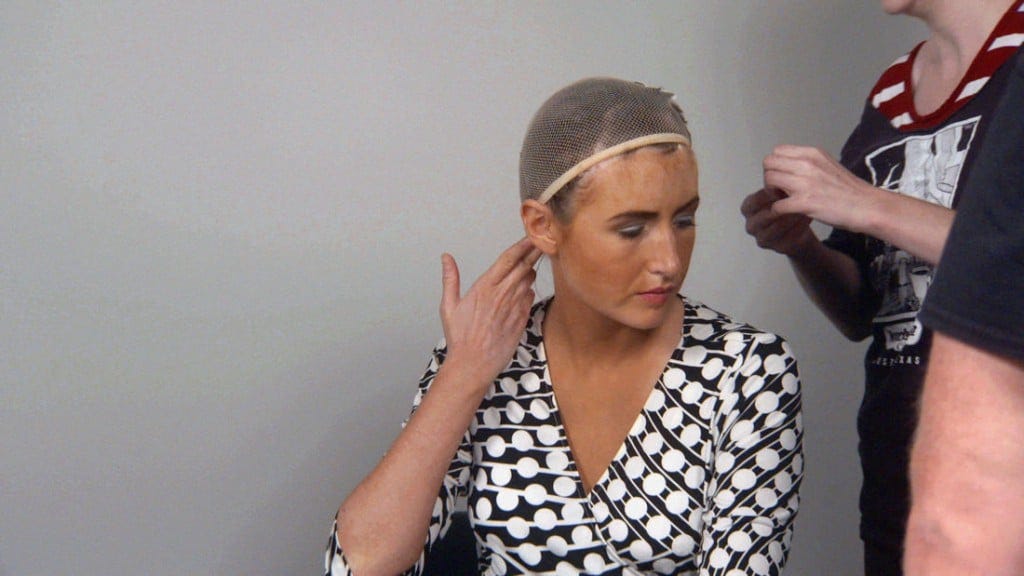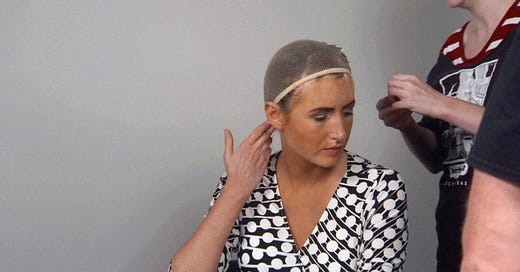‘Kate Plays Christine’ Plays With Form in Ways Rarely Seen in American Documentary

Kate Plays Christine marks a monumental leap for filmmaker Robert Greene (Actress). And for American documentary, as well. I don’t know for certain that I love it, and I don’t think I like the ending, but it’s nevertheless an achievement unlike any other we’ll see in nonfiction cinema this year. This is a work that probably shouldn’t be reviewed at a fi…



